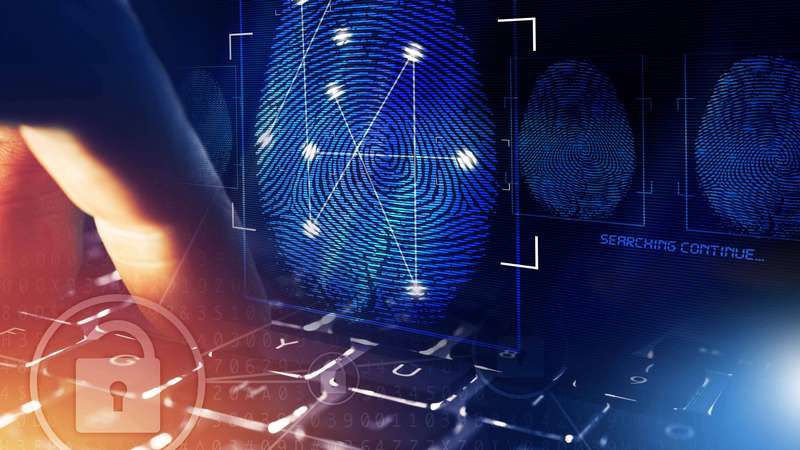

What Are the 5 Stages of a Digital Forensics Investigation
Understanding the 5 Stages of a Digital Forensics Investigation
Digital forensics plays a pivotal role in investigating electronic data, making it crucial for litigation, criminal cases, or internal inquiries. It is instrumental in uncovering evidence related to cybercrimes, data theft, security breaches, hacking incidents, and more.
Digital forensic investigators use specialized tools and software to:
- Identify the source and cause of a cyberattack.
- Determine whether a hack occurred and the duration of unauthorized access.
- Create a timeline of criminal events.
- Secure digital evidence.
These investigations can reveal various forms of wrongdoing, such as data theft, internet misuse, network breaches, espionage, and financial fraud. A structured digital forensics investigation is essential to maintain data integrity and admissibility in legal proceedings. The core stages of such an investigation include:
1. Identification:
- Devices and resources containing relevant data are identified.
- Seized and isolated to prevent tampering.
- Ensuring restricted access for unauthorized personnel, especially if data is on servers, networks, or the cloud.
2. Extraction and Preservation:
- After seizing devices, a digital forensic investigator extracts and securely stores pertinent data.
- This phase may involve creating a forensic image, leaving the original data untouched to prevent tampering.
3. Analysis:
- Once devices are identified and data is secured, investigators employ various techniques to extract and examine data.
- These techniques may include reverse steganography, file/data carving, and keyword searches to recover hidden or deleted data.
4. Documentation:
- Findings are documented thoroughly, creating a timeline of events to provide a clear overview of the investigation.
- This documentation helps pinpoint activities related to wrongdoing, such as embezzlement, data leakage, or network breaches.
5. Presentation:
- Investigation findings are presented to a court, committee, or relevant authority determining the lawsuit or internal complaint outcome.
- Digital forensic investigators often serve as expert witnesses, summarizing and presenting the evidence they discovered.
Selecting an experienced digital forensics team is essential, whether you are a law enforcement agency, a corporation suspecting employee misconduct, or a victim of cyberattacks. A digital forensics investigation can identify the attack source, secure systems, assess data breaches, and facilitate data recovery. Reputable digital forensics firms like The Investigation Company specialize in cybersecurity and digital forensics, assisting in mitigating cybersecurity risks. Contact



